How to adapt an established garden?
andreap
20 years ago
Related Stories
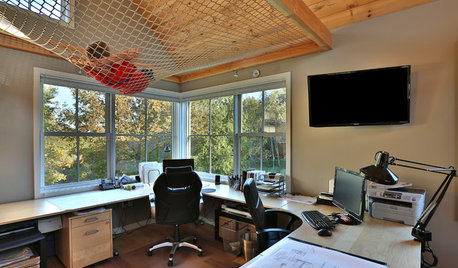
LIFEYou Said It: ‘Be Imaginative, Adaptable and Daring’ and More Quotables
Design advice, inspiration and observations that struck a chord this week
Full Story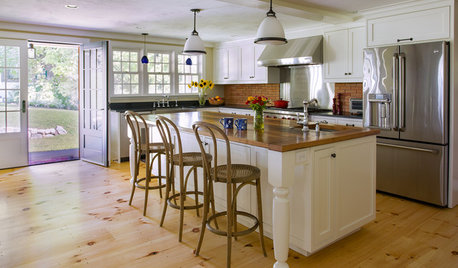
HOUZZ TOURSHouzz Tour: A 300-Year-Old Home Adapts to a Modern Family of 7
A new addition adds much-needed square footage to a 1750s home in Massachusetts
Full Story
GARDENING GUIDESGreat Design Plant: Cephalanthus Occidentalis
Buttonbush is an adaptable woody shrub with delightful pincushion flowers
Full Story
GARDENING GUIDESGreat Design Plant: Sambucus Nigra
Common elderberry is a highly adaptable shrub from the eastern U.S., with berries galore for wildlife and humans alike
Full Story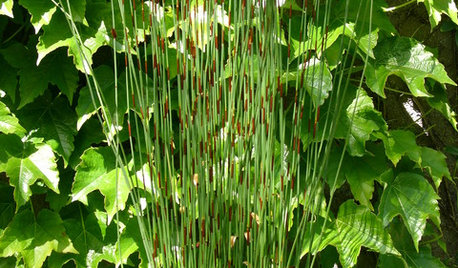
GARDENING AND LANDSCAPINGGreat Design Plant: Cape Rush
Versatile and adaptable, this low-maintenance ornamental grass provides an element of calm
Full Story
GARDENING GUIDESGreat Native Plant: California Flannel Bush
Forget watering once this bush is established. But the yellow burst in spring and summer, you'll remember
Full Story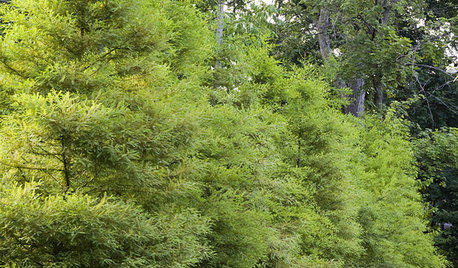
GARDENING AND LANDSCAPINGGreat Design Plant: Bald Cypress
Enjoy this beautiful tree's feathery foilage, fall color and tolerance of wet and dry soils
Full Story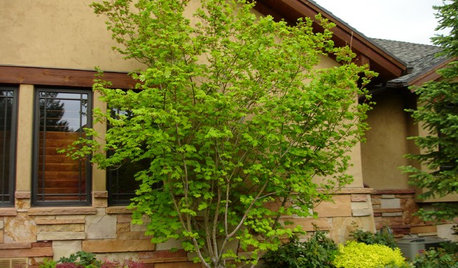
LANDSCAPE DESIGNGreat Design Plant: Vine Maple
Exciting year-round color and adaptability make this highly ornamental native small tree a top choice for home gardens
Full Story
GARDENING GUIDESGot a Hot, Humid Landscape? Add Tropical Flair With Air Plants
Turn tree trunks and walls into lush canvases with plants adapted to the canopies of the rainforest
Full Story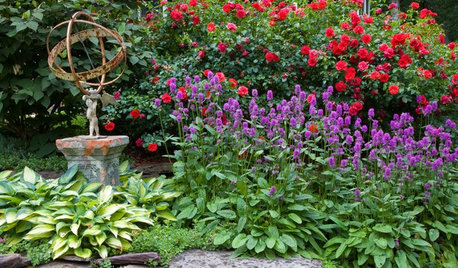
GARDENING GUIDESGreat Design Plant: Stachys Officinalis ‘Hummelo’
The adaptable ‘Hummelo’ betony adds jolts of color to a sunny border or woodland edge
Full StoryMore Discussions







cburg
jeribelle
Related Professionals
Clemson Landscape Architects & Landscape Designers · Brentwood Landscape Contractors · Broomfield Landscape Contractors · Brunswick Landscape Contractors · Chattanooga Landscape Contractors · Dallas Landscape Contractors · East Patchogue Landscape Contractors · Fairfield Landscape Contractors · Longmont Landscape Contractors · Nanuet Landscape Contractors · Oak Harbor Landscape Contractors · Ocoee Landscape Contractors · Southbury Landscape Contractors · Vallejo Landscape Contractors · Wilton Landscape ContractorsRatherbgardening
mehitabel
andreapOriginal Author
mehitabel
Lindie
Jayman_GA
andreapOriginal Author
toomuddy
compost_hugger_nancy